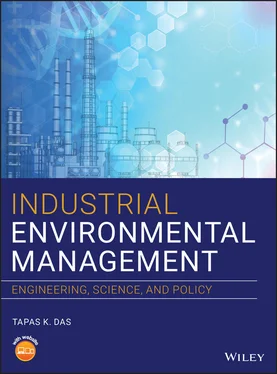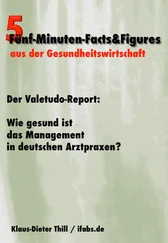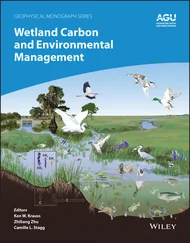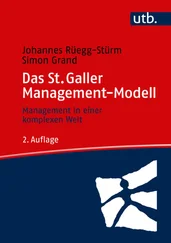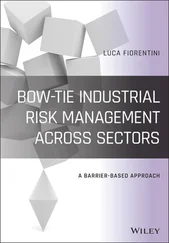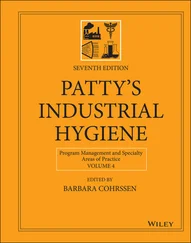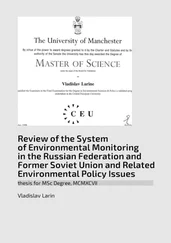1 Cover
2 About the Author About the Author Tapas K. Das, PhD, PE, BCEE, is a chemical and environmental engineer; a Fellow member of the American Institute of Engineers; Past Chair of the AIChE’s Environmental Division; former Chair of the Air Pollution Control Committee of the American Academy of Environmental Engineers and Board of Trustee with the Academy; American Academy Who’s Who in Environmental Engineering from 2002 to the present; former environmental engineer at the Washington Department of Ecology; as an adjunct faculty member, Dr. Das has been teaching several undergraduate and graduate courses in Civil, Environmental, and Mechanical Engineering programs at Saint Martin’s University School of Engineering, Washington; formerly assistant professor in the College of Natural Resources and Paper Science and Engineering at the University of Wisconsin, Stevens Point; and recipient of the Professor S. K. Sharma Medal and CHEMCON Distinguished Speaker Award for 2007 given by the Development Organization for Sustainable Transformation (DOST), Indian Institute of Chemical Engineers. Dr. Das holds a BS in Chemical Engineering from Jadavpur University in Kolkata, India, and PhD from Bradford University, Bradford, England. Dr. Das was a postdoctoral fellow at London’s Imperial College of Science, Technology, and Medicine and a visiting scientist at Princeton University. He has wide practical and theoretical experience in various areas, including air toxics and aerosols, industrial wastewater treatment for water reuse, solid waste management and combustion, profitable process pollution prevention, reuse, recycle, redesign, sustainable engineering, and sustainability. Dr. Das is a registered professional engineer in the state of Washington. Dr. Das is the author of the book Toward Zero Discharge: Innovative Methodology and Technologies for Process Pollution Prevention (Wiley, 2005).
3 Preface Preface Recently, I taught a similar course titled “Industrial Environmental Management” to senior engineering students and found out that there isn't a single textbook available to cover the depth and breadth of this subject matter. That alone motivated me to write this textbook with real‐world examples, challenging problems, and solutions provided for each chapter. Tomorrow's and today's sustainable products and processes require engineers to carefully consider environmental, economic, social factors, while using sustainable feedstocks, renewable energy, water, chemicals, and materials in creating their design. Some quantitative tools for incorporating sustainability concepts into engineering designs and performing metrics are highlighted in the text; sustainable engineering and its principles introduce these tools and show how to apply them in lean manufacturing. In general, engineers and managers working in manufacturing industries find valuable and up‐to‐date information about lean manufacturing, Six Sigma, workers' health and safety issues and environmental regulations, monitoring, reporting, and compliance. Also, consulting engineers will find useful information about sustainable design principles and methodology, plus best available control technologies for environmental remediation in cost‐effective ways. This book is dedicated to undergraduate and graduate students. This book is designed to be a textbook that is prepared primarily for junior‐level and senior‐level students in multidisciplinary engineering fields including, but not limited to, aerospace, chemical, civil, environmental, industrial and manufacturing, materials science and engineering, mechanical, paper science and engineering, petroleum engineering, and business management. The subject matters covered in this textbook will be suitable for offering a course in multiple engineering disciplines within colleges and schools of engineering programs. This book has 10 chapters. I have written the text for Chapters 1 through 8 for students in clear and simple language. Theories, real‐world problems, and applications are embedded throughout these first eight chapters so that students can check their understanding before continuing on to new sections. Chapters 9 and 10 are more suitable for a graduate‐level course in sustainable engineering, sustainable manufacturing, or related topics. 4 June 2019 Tapas K. Das Olympia, WA, USA
4 Acknowledgments Acknowledgments This book publication wouldn't have been successful without the helping hands of many individuals. I would like to thank John Berg, Clint Bowman, Jae Chung, Meghasree Dey, Dibyendu Narayan Ghosh, Linn Hergert, Clint Lamoreaux, Joseph Mailhot, Robert Peters, Katherine Porter, Selma Thagard, Sandra Tully, and staff members at the Timberland Regional Library in the City of Lacey, Washington, who helped to prepare the manuscript, proofread the text, provided reference materials, figures, graphics for the book, and made the book more readable for students. Also, I want to acknowledge my teachers, professors, and my classmates in India, my doctoral and postdoctoral advisors, mentors, and colleagues in England and United States for their encouragement, noble efforts, dedication and integrity to their professions, and exemplary lifestyle. Finally, I would like to express my sincere appreciation to Bob Esposito, Associate Publisher at Wiley for accepting the idea of this textbook; Beryl Mesiadhas, Senior Project Editor; Devi Ignasi, Production Editor; Michael Leventhal; and the entire editorial and publishing team at Wiley.
5 About the Companion Website About the Companion Website This book is accompanied by a companion website: www.wiley.com/go/Das/IEM_1e
6 1 Why Industrial Environmental Management?1.1 Introduction 1.2 Environmental Management in Industries 1.3 Waste as Pollution 1.4 Defining Pollution Prevention 1.5 The ZDZE Paradigm 1.6 Zero Discharge Industries 1.7 Sustainability, Industrial Ecology, and Zero Discharge (Emissions) 1.8 Why Zero Discharge Is Critical to Sustainability 1.9 The New Role of Process Engineers and Engineering Firms 1.10 Zero Discharge (Emissions) Methodology 1.11 Making the Transition 1.12 Constraints and Challenges 1.13 The Structure of the Book Problems References
7 2 Genesis of Environmental Problem Worldwide2.1 Introduction 2.2 Genesis of the Environmental Problem 2.3 Causes of Pollution and Environmental Degradation 2.4 Industrialization and Urbanization in the United States 2.5 Important Technological Developments 2.6 Industrial Disasters 2.7 Environmental Law 2.8 Pollution Control Laws 2.9 Resource Sustainability 2.10 Polluter Pays Principle 2.11 Theory/Environmental Law Debate 2.12 International Law 2.13 The Legal and Regulatory Framework for Environmental Protection in India 2.14 United States Environmental Law 2.15 ISO 9000 and 14000 2.16 Current Environmental Regulatory Development in the United States: From End‐of‐Pipe Laws and Regulations to Pollution Prevention 2.17 Greenhouse Gases Examples (Multiple Choice) Problems References
8 3 Industrial Pollution Sources, Its Characterization, Estimation, and Treatment3.1 Introduction 3.2 Wastewater Sources 3.3 Wastewater Characteristics 3.4 Chemical Characteristics 3.5 Industrial Wastewater Variation 3.6 Industrial Wastestream Variables 3.7 Concentration vs. Mass of the Pollution 3.8 Industrial Wastewater Treatment 3.9 Air Quality 3.10 The Ideal Gas Law and Concentration Measurements in Gases 3.11 Other Applications of the Ideal Gas Law 3.12 Gas Flow Measurement 3.13 Flow at Standard Temperature and Pressure 3.14 Gas Flowrate Conversion from SCFM to ACFM 3.15 Corrections for Percent O 2 3.16 Boiler Flue Gas Concentrations Are Usually Corrected to 3% Oxygen 3.17 Air‐to‐Fuel Ratio and Stoichiometric Ratio 3.18 Material Balances and Energy Balances 3.19 Wastes in the United States 3.20 Hazardous Waste 3.21 Incineration, Destruction, and WtE 3.22 Hazardous Waste Landfill (Sequestering, Isolation, etc.) 3.23 Radioactive Waste 3.24 Coal 3.25 Low‐Level Waste 3.26 Nuclear Waste Management Problems References
Читать дальше
